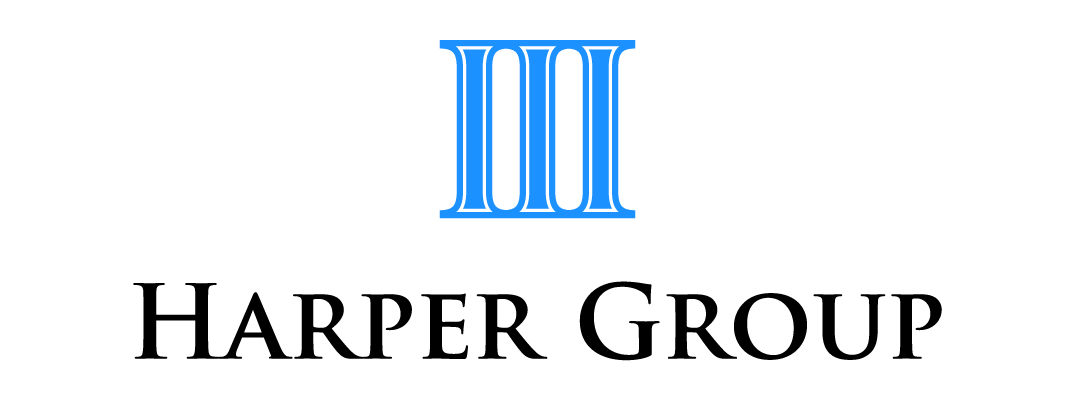Treasury floats idea of SMSF trustees self-assessing eligibility for 3-year audit
A discussion paper was issued by Treasury in the first week of July, titled “Three year audit cycle for some self-managed superannuation funds”. Among the more contentious proposals was that trustees should be able to self-assess their eligibility to conduct audits every three years, as opposed to the current standard of a yearly audit.
The basis for eligibility will depend, the discussion paper states, on funds toeing a yet-to-be determined line on good record keeping and compliance, which would include timely lodgement of SMSF annual reports (SARs) and three consecutive years of clear audit reports. An audit will be required however in a year in which a “key event” occurs, which would include starting a pension or an LRBA, the addition or removal of a member, transactions with a related party or receipt of non-arm’s length income.
Timely SAR lodgement however is something that is yet to be determined, with the Treasury paper flagging range of options for what constitutes “timely”. These being:
- never submitted a late SAR
- no late SAR in last three years
- no outstanding SARs.
The final definition could however have quite an influential outcome on eligibility, as data the ATO holds indicates that about 40% of trustees have submitted a late SAR on at least one occasion in the three income years of 2013-14 to 2015-16.
The 3-year audit option is planned to be open from 1 July 2019.
The paper has also been issued as a method to gauge reactions from the marketplace. As a tool in the consultation process, the paper posits the following questions:
- How are audit costs and fees expected to change for SMSF trustees that move to three-yearly audit cycles?
- Do you consider an alternative definition of ‘clear audit reports’ should be adopted? Why?
- What is the most appropriate definition of timely submission of a SAR? Why?
- What should be considered a key event for a SMSF that would trigger the need for an audit report in that year? Which events present the most significant compliance risks?
- Should arrangements be put in place to manage transition to three-yearly audits for some SMSFs? If so, what metric should be used to stagger the introduction of the measure?
- Are there any other issues that should be considered in policy development?
Interested SMSF trustees/members are invited to respond to Superannuation@treasury.gov.au before the end of August.
Harper Group Pty Ltd Chartered Accountants Frankston Ph 9770 1547
Disclaimer: All information provided in this article is of a general nature only and is not personal financial or investment advice. Also, changes in legislation may occur frequently. We recommend that our formal advice be obtained before acting on the basis of this information.
